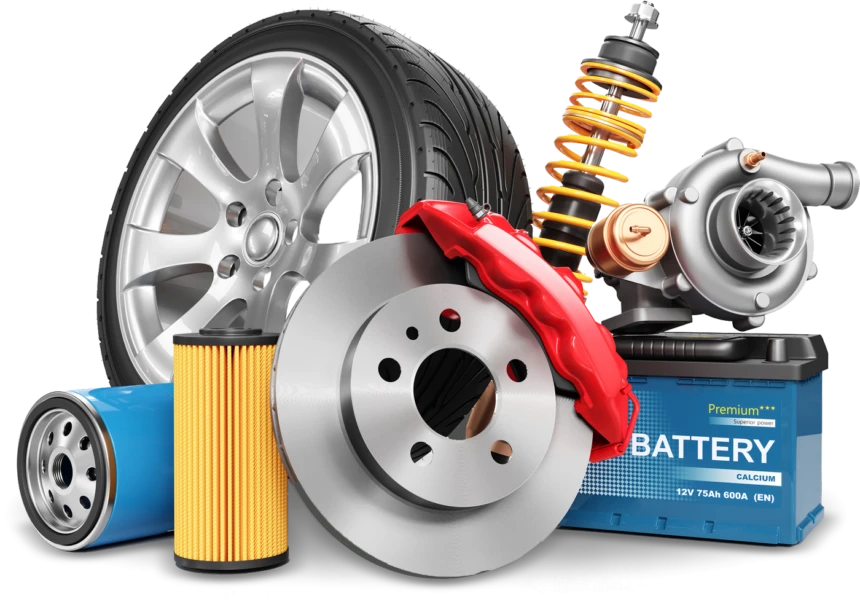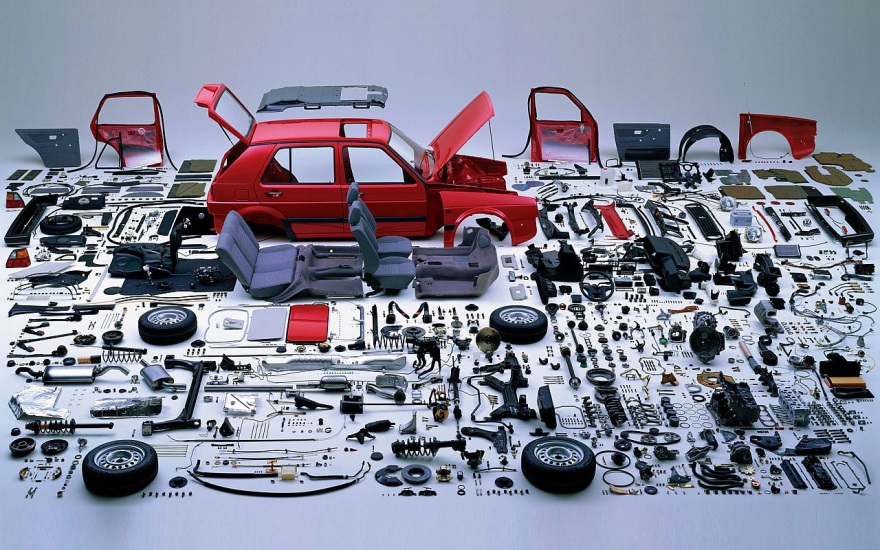This is a comprehensive guide to how to make sure that you are compatible when purchasing car parts, including the pros and cons of each:
1. Be aware of the specifics of your car
Write down the model, make, and year of your vehicle, as well as the size of its engine and the trim level.
Benefits: You’ll only be able to purchase specific parts for your vehicle.
Cons: A few changes in the model year could create confusion (e.g. update mid-year).
2. Make use of OEM (Original manufacturer of the equipment) numbers
Tip: Search for the OEM number of your part in an old manual or the part.
Pros: Guarantees a precise fit and eliminates any performance issues.
Cons: OEM components can be more expensive than aftermarket alternatives.
3. Verify compatibility using VIN (Vehicle ID Number)
Use your VIN on the websites of your suppliers to verify compatibility.
Pros : Provides precise matching by providing complete information on your vehicle’s configuration.
Cons: The VIN number is difficult to find.
4. Cross Reference Parts Aftermarket Parts
The comparison of part numbers from different manufacturers is a good idea.
Cons: It’s difficult to find the best options for your vehicle.
Pros: Fit and quality could require more research.
Check out the Fitment Guides
Tip: Use online tools and compatibility charts supplied by sellers.
Pros: Quick way to check if a part is compatible with your car.
Con: Incorrect fitment guides can lead to mismatches; always double-check.
6. Trim Level Variations
Consider the differences in the type of engine and drivetrain (e.g. AWD vs. FWD).
Benefits: Avoids purchasing parts that aren’t compatible with the trim you have.
Cons: Trim levels variations can be confusing when not properly researched.
7. Check for regional Compatibility
TIP: Make sure the part you purchased is specifically designed for the location where your vehicle was purchased.
Benefits: Avoids problems with different specifications, such as emission systems or electrical connectors.
Cons: Imported or regionally specific car parts are often more difficult to come by.
8. Refer to the owner’s guide
Consult the manual when searching for specifications and parts.
Pros: Provides manufacturer-approved guidance on compatible parts.
Pros: The manuals may not include the latest parts.
9. Ask experts or mechanics
Get advice from a trusted mechanic or dealer.
Experts can confirm compatibility with complex or unusual components.
Cons: Some experts might recommend pricier options like OEM parts.
10. Shop with a trusted seller
Tips: Buy parts from reliable online stores or dealers with robust return policies.
Pros: Most of the time, reputable sellers are more knowledgeable about their products, and provide better customer service.
Pros: Prices may be higher compared to less reputable vendors.
Last Thoughts: Weighing the Pros and Cons
Pros In ensuring compatibility, you can improve your vehicle’s performance, security, durability, and reduce the chance of it being returned or damaged.
Cons: It may take extra time, research, and sometimes cost more to ensure parts are 100% compatible.
These tips will help you make the right decisions and avoid common pitfalls. Take a look at the best drošibas sistema car parts par renault-trucks cars for blog tips including un auto parts, bmw auto parts near me, jsf parts, aj auto parts, parts lv, c auto parts, look up auto parts by vin number, parts & parts, bmw parts latvia, in auto parts and more.

What Do You Know About Car Parts Pricing And Budget?
Cost and budgetary considerations play a significant role when purchasing automobile components. This is a complete guide including 10 important car parts advice.
1. Budget in a realistic way
Tips: Decide how much you can afford to spend on the part, balancing cost with the quality and importance.
Benefits: It allows you track your expenses and prevent you from overspending.
Cons: A strict budget might lead to compromises on quality or the length of time.
2. Research Market Prices
Compare prices between online shops local shops, dealerships and local stores in order to discover the best deals.
Cons: Can be difficult to find affordable prices.
Cons: It could be long-winded to locate parts that are rare particularly those that are difficult to locate.
3. What is the price difference between OEM parts and those from the aftermarket?
Tips – OEM parts tend to be more expensive than aftermarket parts, however, they are guaranteed to be compatible.
Features options to fit various budgets.
Cons: Cheaper aftermarket parts could be less durable or lack a perfect fit.
4. Watch out for Prices that aren’t enough
Tip: Extremely cheap parts could indicate poor quality counterfeiting, or even used products.
Advantages: Prevents unnecessary risks and the possibility of higher costs for replacements.
Cons: If you’re not cautious, it can result in more expensive cost of starting.
5. Calculate Installation Costs
Budgeting tip: Include the cost of tools or professional installation when budgeting for a component.
Pros: It isn’t a good idea to underestimate the total cost.
Cons: Can make cheap parts more expensive than originally anticipated.
6. You can find discounts coupons, sales, and discounts by searching online
Make the most of seasonal sales, bulk discounts or promotions.
Pros: It lowers the total cost of components and ensures quality.
Cons: The limited offer period may lead to rushed decisions.
7. Consider the long-term impact
Tip. Making the investment in high-quality parts may cost more upfront however they can save you money because of their longevity.
Benefits: Reduces the frequency of replacements and the associated cost.
Cons: High initial costs could stress your budget.
8. Evaluate Refurbished or Rebuilt Options
Tips: Refurbished or rebuilt parts are an affordable alternative to non-critical components.
Benefits substantial savings when compared to new components.
Cons: The quality, longevity and the rebuilding process are dependent on the vendor and their standing.
9. Include costs for shipping and returns.
The cost of shopping online is expensive. Be sure to take into account shipping costs, taxes, in addition to any possible refunds.
Cons: Doesn’t provide a complete picture of your total expenses.
Cons: Shipping fees are high, which can make the cost savings on the item appear less attractive.
10. Balance Quality and Cost-Effective Prices
You should not make your decision solely based on price. Find components that have the perfect balance between price, quality,and performance.
Pros: It guarantees that you can find quality parts within your budget.
Cons: It takes time to determine the best price options.
Consider the pros and cons.
Benefits of Prioritizing Pricing Budget:
It aids in better budgeting of finances and also helps to stop spending too much.
Encourages comparison between vendors in order for competitive prices.
It will help you avoid unnecessary costs like expensive or poorly chosen components.
Cons of not prioritizing, or overlooking pricing
If budget is the primary priority, quality could be sacrificed.
Focusing solely on price can result in costly replacements or repairs.
You can stretch your budget if you underestimate the additional expenses, like the cost of shipping and installation.
By following these guidelines, you will be able to discover the perfect combination of quality and price. This will allow you to make a well-informed, more informed decision when you purchase car parts. Check out the top heater parts for mg cars for site recommendations including auto parts reviews, parts bmw, gadi ka part, undercar parts, e auto parts, Keyword Stats 2025-01-22 at 16_49_43, motoring parts, bmv parts, auto parts bmw, this and that auto wrecking and more.

